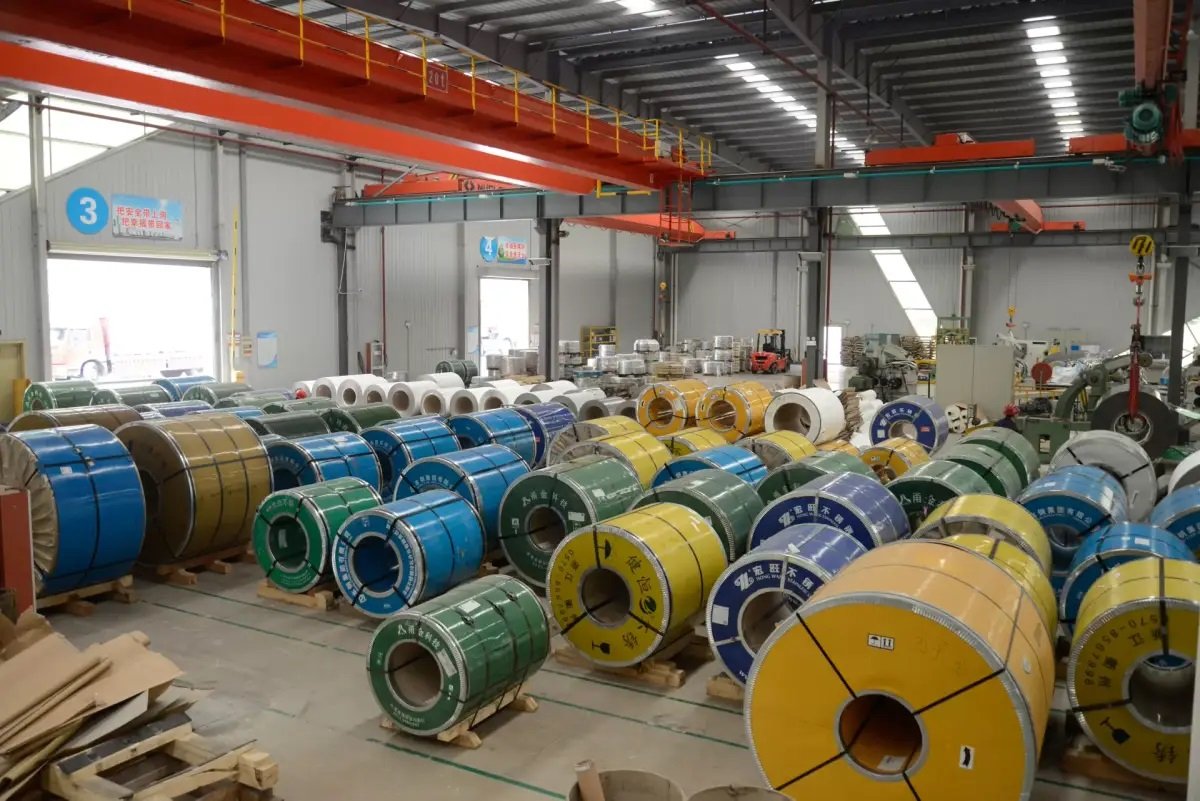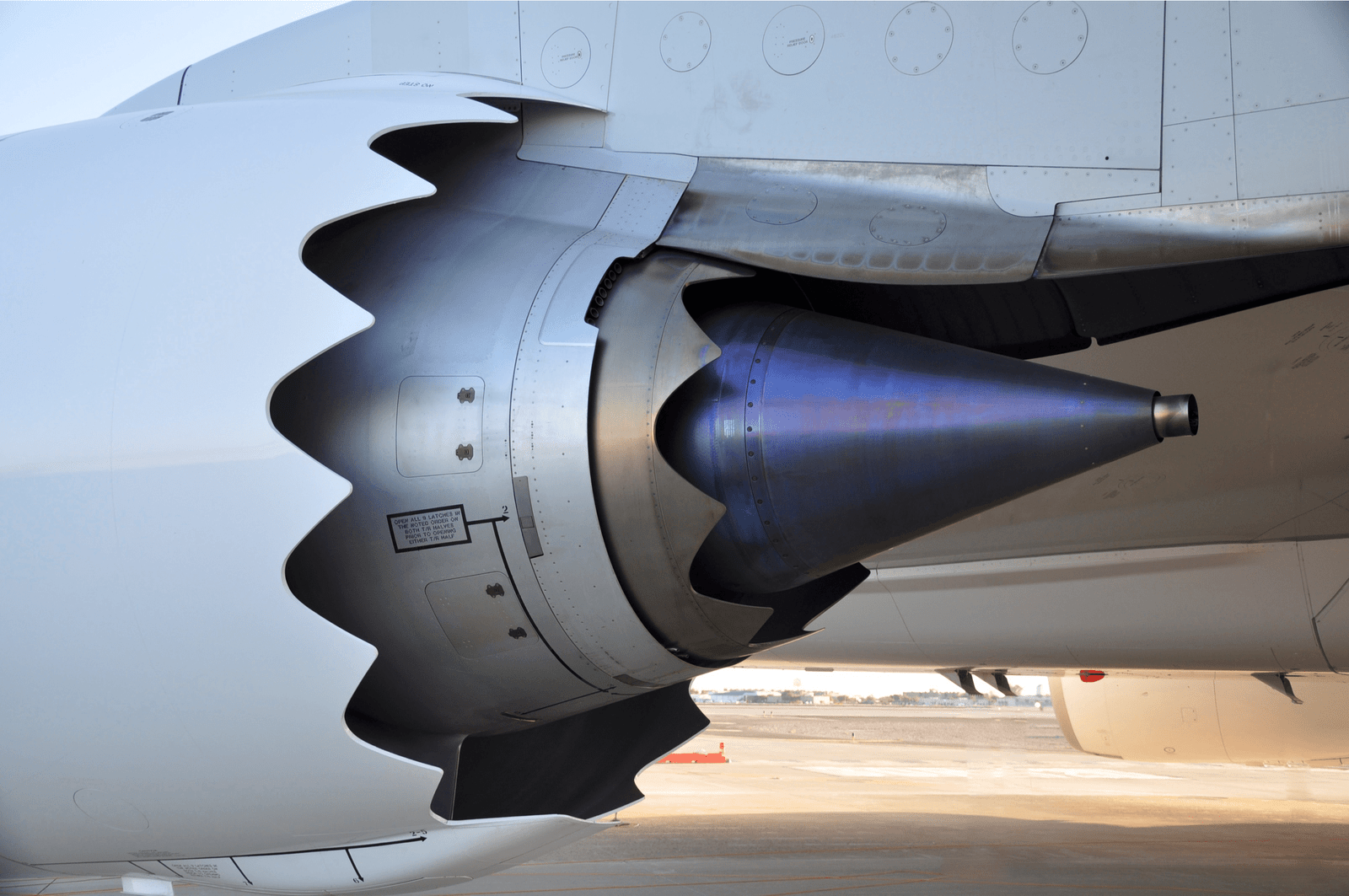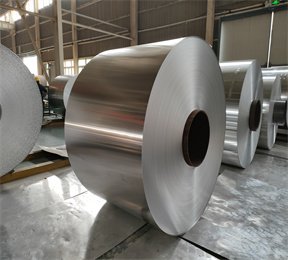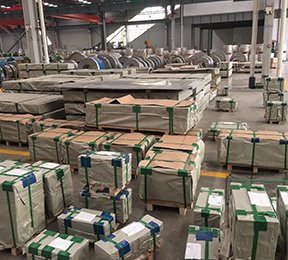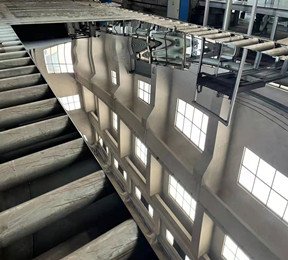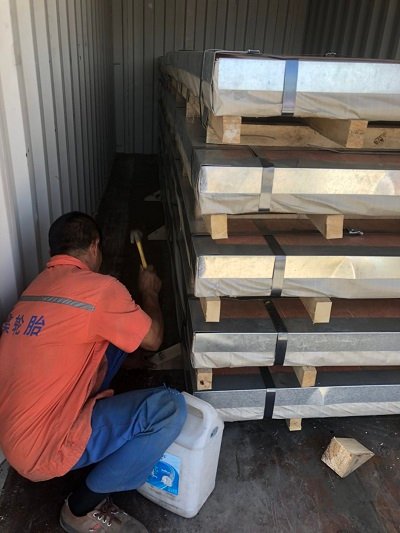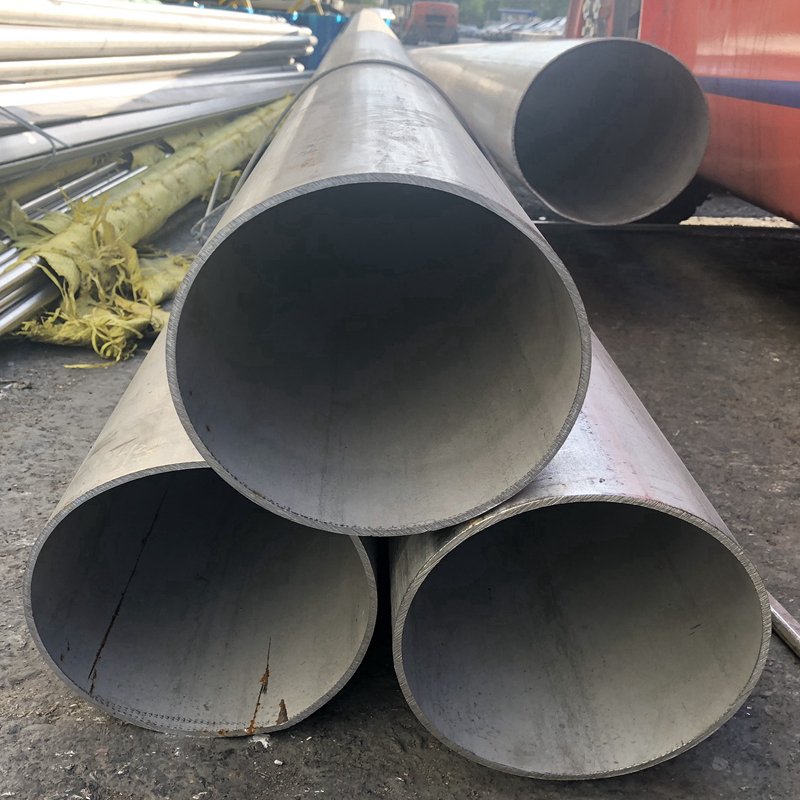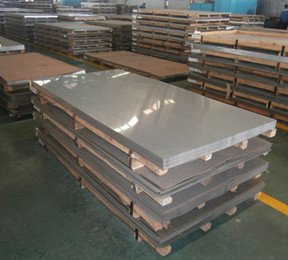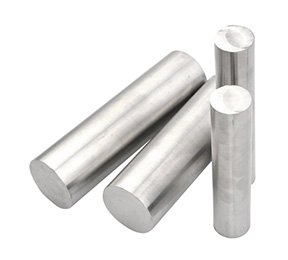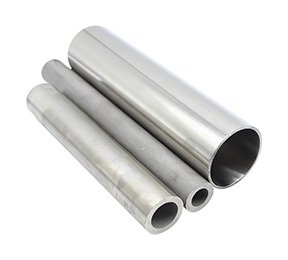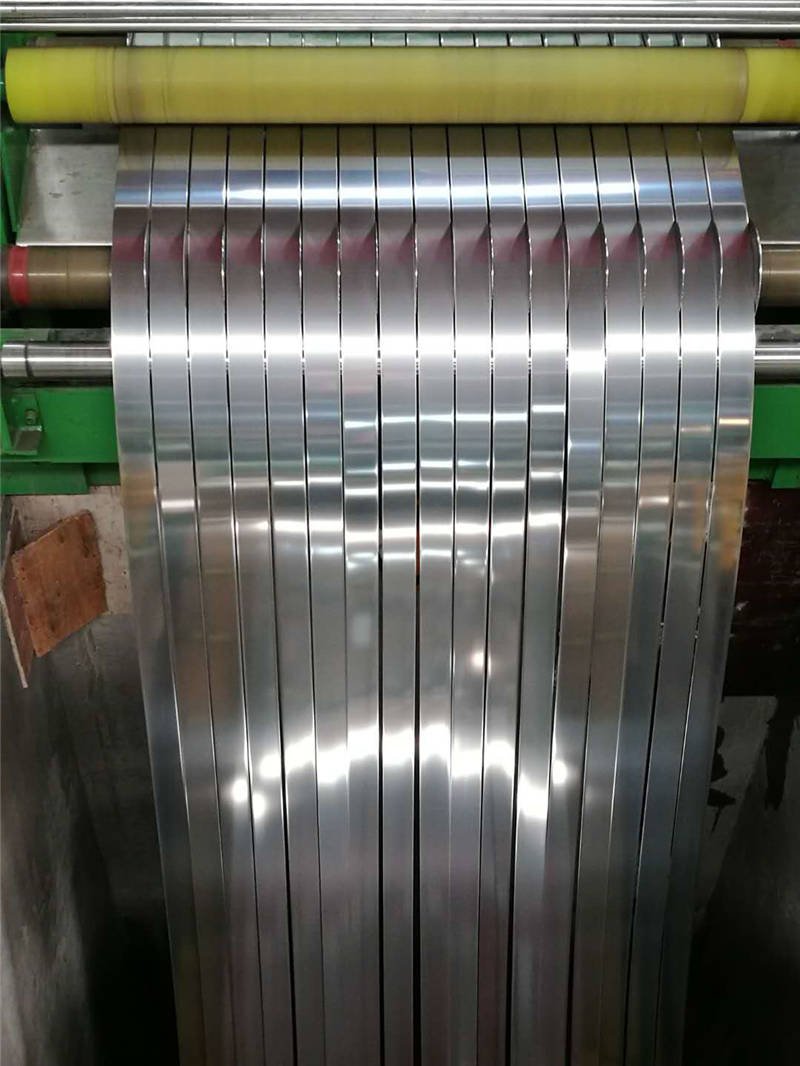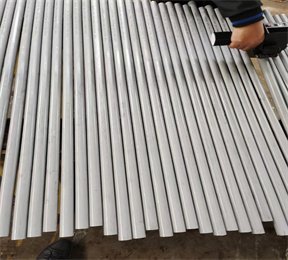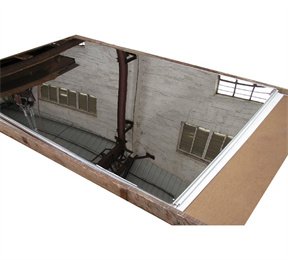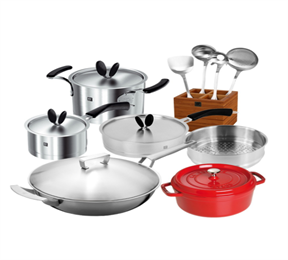
What is the difference between 430 and 304 stainless steel tableware
Stainless steel tableware is a product that is often used in everyone’s life. Many people often hear the title codes for stainless steel such as 304 and 430, but they don’t quite understand the meaning of these codes. Indeed, these codes do not intuitively represent various types of stainless steel products. For detailed information, in practice, there is a digital representation that can better reflect product information, that is, the chromium-nickel content. For example, 18-8 (that is, the 304 model) represents that the stainless steel material contains 18% chromium and 8% nickel, of which chromium Anti-oxidation and rust, nickel is anti-corrosion of chemical media, and iron is of course the foundation of stainless steel. The following digital methods are used to illustrate the difference between various stainless steel tableware.
1. 430 (18-0) stainless steel: when the chromium content in stainless steel reaches more than 12%, it can well avoid oxidation and rust caused by the natural environment, and 403 stainless steel tableware with a chromium content of 18% is a more reasonable ratio. Anti-rust products, but because this model does not contain nickel, the ability to resist chemical medium corrosion is relatively weak, so 430 stainless steel is mostly used to make cutlery, steamers and other tableware that are not exposed to chemical substances for a long time; 2. 304 (18-8) Stainless steel: It can be seen from the code name that 304 stainless steel tableware with a nickel content of 8% has better corrosion resistance than 403, so 304 stainless steel will be used in frying pans, kettles, etc.; 3. 316 (18-10) Stainless steel: This is a stainless steel model with better anti-corrosion performance and more durability. It is a common material for manufacturing medical equipment. Due to the high price and 304 can meet the requirements of normal household use, everyone may not be familiar with this model. .
In addition to the above-mentioned elements, stainless steel tableware usually contains a small amount of trace elements such as manganese, cadmium, cobalt, titanium, molybdenum, etc., which enhances the strength and chemical stability of the product, and according to the different metallographic structures, stainless steel is divided into Austenite (not easy to be magnetized), ferrite and martensite and other categories, which will be introduced in detail later, stainless steel tableware with disposable tableware, ceramic tableware and other products, make our life more convenient and healthy.
